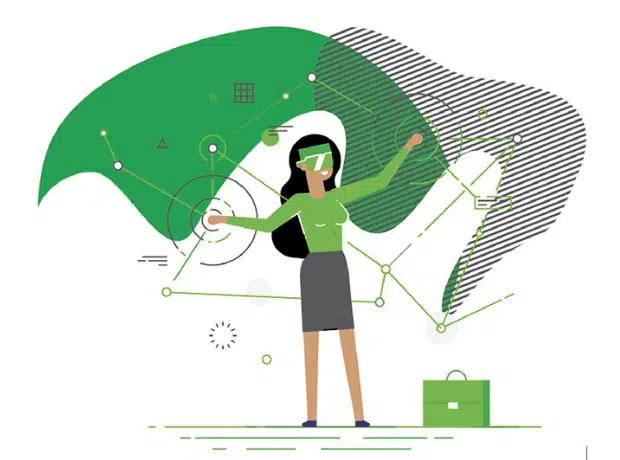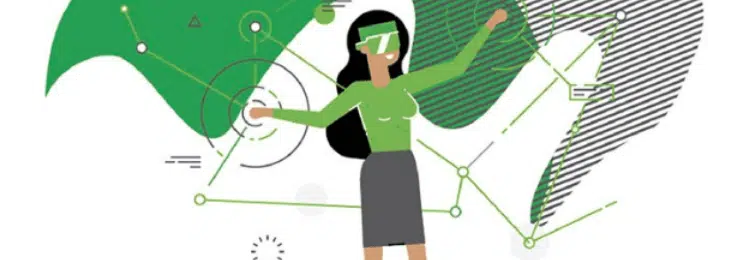Avoiding Unconscious Confirmation Bias In The Nonprofit Workplace


Full Platform Overview Chat With Us



Full Platform Overview Chat With Us





The term is defined as one group holding social stereotypes about certain other groups outside of any conscious awareness. It’s unintentional group think, a mixture of both seeking out conclusions which confirm what we already believe to be true and letting unconscious preconceptions direct how we manage staff, volunteers and donors in our nonprofit workplace.
It’s a universal trait displayed across peoples and cultures throughout the world, and it’s only recently that anyone has even tried to counterbalance its potential negative impact on the workplace.
Most of us would like to think we are immune to its effects, but if you’ve got a pulse then you’ve got some form of unconscious bias silently influencing everyday actions and outcomes.
The American Bar Association offers a free test to illustrate how we are all susceptible to this, no matter how sure we won’t be.
Even with the best of intentions it’s hard to identify what we overlook, or how our decisions affect those locked out of decision processes to begin with.
The negative impact of unconscious confirmation bias ranges widely but can include:
These days conscientious employers, board members and volunteer recruiters try to counteract unconscious biases, yet it’s a tough task.
Unfortunately the average nonprofit board is a pretty good breeding ground for unconscious biases. When compared to the national demographic they are significantly more male and white than the population as a whole, leading to a likelihood of groupthink.
A breakdown of national board member statistics illustrates this point.
Unconscious confirmation bias can’t be easily removed but it can be counterbalanced to some degree. For example if a group is primarily of one racial or religious background it’s encouraged others from outside that group are brought in to help identify blind spots. It’s rare anyone will be deliberately trying to treat their volunteers or employees poorly, but the effect of too narrow an opinion pool at the top has the same effect.
A key factor is that we can try to minimize unconscious bias and lessen its likelihood of negatively impacting your employees, volunteers and financial contributions.
In fairness a lot of good people are trying to address this issue and there are many more factors at play than unconscious biases alone: be it historical, educational or cultural. But whatever the reason, the reality is that it’s even more important that those in charge of the mission consider outside voices.
Merely by seeking out the widest possible input and taking careful consideration of each individual’s unique perspective, can we identify effective and fair pathways, enrich the environment we work in, increase productivity, economic goals, and lead best practice for others to follow.

Comments